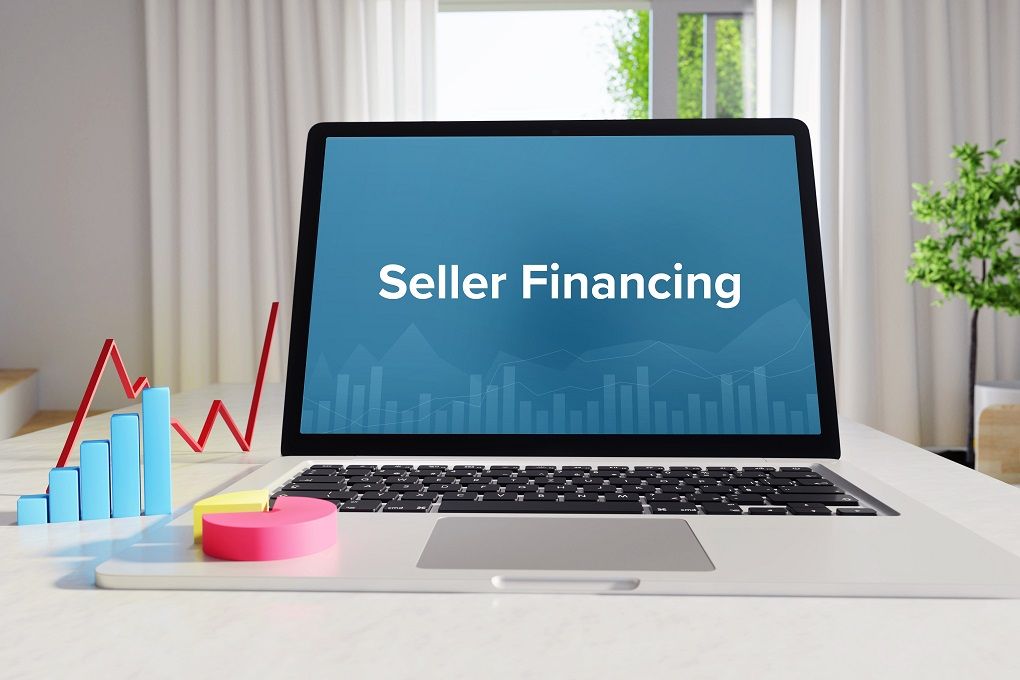Buying a small business might seem like a daunting task, especially when you’re strapped for cash. However, with the right strategies and mindset, it’s possible to make your entrepreneurial dreams come true without a hefty upfront investment. Here are some practical tips to guide you on your journey to business ownership.
1. Leveraging Owner Financing
Owner financing is a popular option where the seller agrees to accept installment payments over time rather than requiring a full cash payment upfront. This method can significantly lower the barriers to entry for aspiring business owners. It’s akin to buying property through a mortgage, where you pay in increments rather than all at once. This route not only eases the initial financial burden but also often leads to more flexible terms and conditions compared to traditional bank loans.
Engaging with a seller who is open to owner financing requires building a relationship based on trust and transparency. Be prepared to discuss your business plan, your future vision for the company, and how you intend to keep the business flourishing. This approach can be particularly beneficial if both the seller and buyer share common goals for the company’s future. Establishing mutual trust and showing that you are serious about nurturing the business can clinch the deal in your favor.

2. Exploring Seller Financing
Similar to owner financing, seller financing allows you to make regular payments to the seller directly, often at a more favorable interest rate than traditional bank loans. This approach cuts out the middleman—bank—and creates a closer connection between the buyer and seller. Not having to deal with a financial institution can make negotiations smoother and the purchase process faster. This type of financing can be a win-win situation, where the seller can often realize a higher overall sale price, and the buyer gains entry with less cash.
When considering seller financing, having a clear and detailed business plan is crucial. Potential sellers will be more inclined to trust you with financing if they can see how you intend to sustain or even grow the business. Communicate how the investment will be managed and demonstrate your understanding of the business’s potential challenges and opportunities. Remember, you’re not just buying a business, but also obtaining a partner in your success who needs to believe in your capability to drive the business forward.

3. Considering Sweat Equity
If you can bring valuable skills or expertise to the table, you might negotiate to offer sweat equity instead of cash. This could be especially appealing if the business is in need of significant work or upgrades. Businesses that require technological enhancements, expansion into new markets, or operational efficiencies are often suitable for this type of arrangement. By contributing your skills and time, you can earn your place within the company and reduce the need for upfront cash investment.
The concept of sweat equity isn’t just about labors exchanged for ownership. It’s about demonstrating value and commitment. When proposing this to a prospective seller, outline clearly what you are able to offer and how it will benefit the business. The key is to have a solid proposition and a track record of skills that directly contribute to the business’s growth and profitability. Such arrangements can be lucrative as they allow you to buy into a business without immediate cash outflow while simultaneously improving or adding value to it.
4. Forming Partnerships
Partnering with someone who has the financial resources could be a viable option. In exchange for their financial input, you offer your expertise or a share in the business. This arrangement provides a way to share the risks and rewards of business ownership. A partner can offer more than just financial contributions; they can bring additional expertise and expand networks, both of which can be crucial during the early stages of the transition.
When considering a partnership, choose a partner whose vision aligns with yours. It’s important to have a clear contract in place that outlines each party’s responsibilities, contributions, and share of profits. Effective communication and a willingness to compromise are pivotal in maintaining a strong and productive partnership. The success of a partnership depends heavily on mutual respect and shared goals, enabling both parties to leverage their strengths for the betterment of the business.
5. Utilizing Business Grants
Researching and applying for business grants can also provide the necessary funding, especially if your business idea aligns with grant priorities such as sustainability or community impact. Many government organizations and non-profits offer grants to bolster the local economy or promote specific types of business initiatives. While grants can be competitive and require detailed applications, successfully securing one can significantly reduce the need for upfront investment.
It’s essential to stay updated on new grant opportunities and continuously tailor your proposals to match the goals of funding bodies. Additionally, some grants may offer more than just financial support; they may also include mentorship and business networking opportunities, which can be invaluable for new business owners. Having a well-researched and articulated grant application can help you stand out among other applicants.
6. Negotiating Terms
Don’t hesitate to negotiate the terms of the sale. Reducing upfront costs, extending payment periods, or altering other terms of the deal can make it more feasible for you financially. Approaching negotiations with a clear understanding of your financial limits and the business’s worth can balance the scales and allow both parties to leave the table satisfied.
Transparency and open communication are your best tools during negotiations. Present your case based on detailed research and analysis, illustrating exactly why certain terms need adjustment. Demonstrating your commitment to the business’s success and establishing credibility can persuade sellers to offer more favorable terms to ensure the business goes into good hands. This process can be daunting but also highly rewarding as it can significantly improve the feasibility of acquiring a business with no initial capital.
7. Exploring Business Incubators
Joining a business incubator can provide valuable resources, mentorship, and even funding opportunities to help you purchase and nurture the business. Incubators often offer structured programs designed to fast-track start-ups and new acquisitions. They typically provide support in areas such as marketing, finance, and business operations while allowing you access to a network of seasoned entrepreneurs and mentors who can provide guidance and support.
Not all incubators are created equal, so it is crucial to find one that aligns with your business goals and industry. By becoming part of an incubator, you gain access to expert advice, essential tools, and resources that might otherwise be out of reach as a sole independent entrepreneur. It’s an ideal platform for networking with other entrepreneurs and gaining insights into refining your business model and growth strategies for sustainable success.
8. Researching Crowdfunding Options
Crowdfunding platforms can be an effective way to raise the necessary capital. Create a compelling pitch, engage with potential funders, and offer enticing rewards or shares of the business. The success of a crowdfunding campaign hinges on your ability to tell an engaging story about the business’s potential and its role in positively impacting its community or industry.
The world of crowdfunding is vast and varied; platforms like Kickstarter and Indiegogo have opened doors for entrepreneurs who lack traditional financing options. Crowdfunding doesn’t just provide funding but can also act as a marketing tool, helping to spread awareness and generate interest in your new business venture. Crafting a strong campaign, complete with visuals and testimonials, can tap into a wider audience and potentially secure the funds needed to buy your small business.
Conclusion
Buying a small business with little to no money might seem far-fetched—but as you’ve just read, it’s entirely possible with the right mix of creativity, strategy, and persistence. From leveraging owner and seller financing to offering sweat equity or tapping into crowdfunding, there are more options than ever for aspiring entrepreneurs to break into business ownership without a massive upfront investment. The key lies in knowing where to look, how to negotiate, and which strategy aligns with your strengths.
If you’re ready to stop dreaming and start doing, I break all of this down step-by-step in my business acquisition course at YourNextVenture.ai. You’ll get proven frameworks, templates, and support to go from curious to confident business owner—without the guesswork. Now’s the time to bet on yourself. Your next venture could be the one that changes everything.












